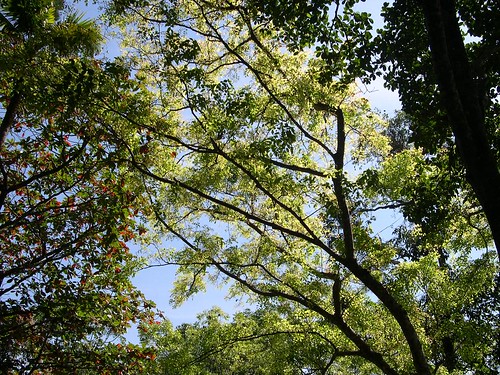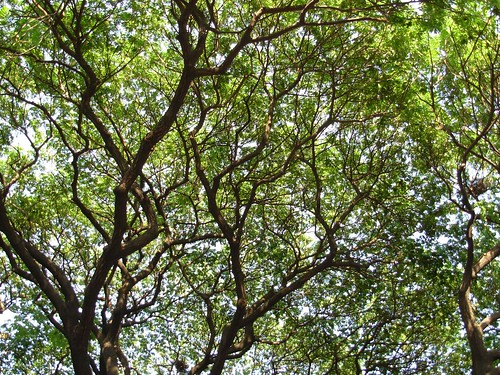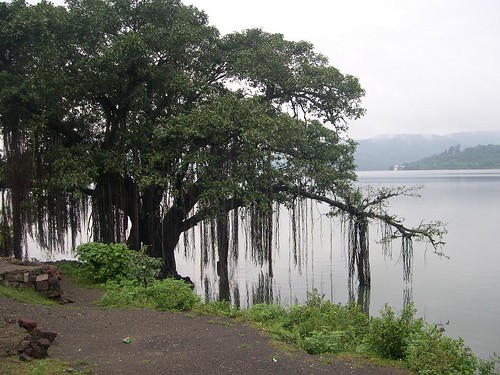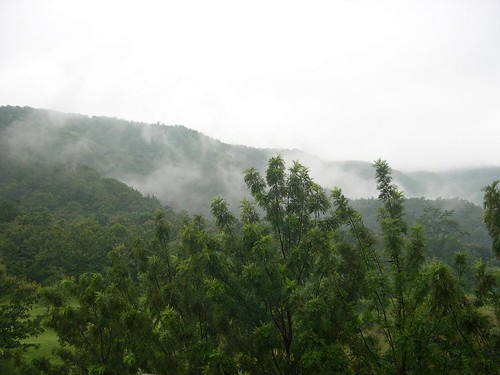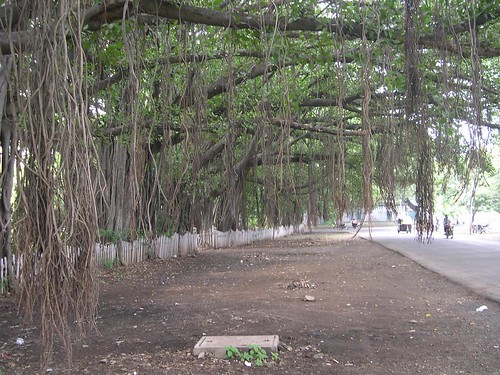
From the time I started clicking I realized that there is lot of life in pictures taken candidly.
This is a picture of the “boy” (with his uncle and aunt) coming to see the “girl” A poignant moment where the elders are giving him the last minute advice as to what to do and what not to do (or say) when he is with the girl’s family.
The Black and White frame above (clicked in 1974) was appreciated by all the three in the picture. The “boy” is now a grandfather and this is a picture of his daughter and grand daughter (again a candid one)
The picture below may not fall under the category of candid pictures as the lady is posing. She asked me to click as she pretends to post a letter. But just before I could click her husband accidentally walked into the frame. And that gives this a different dimension. What better way to show the contrast between the good old way of communication with the snail mail and the modern day communication through cell phone (both in the same frame)
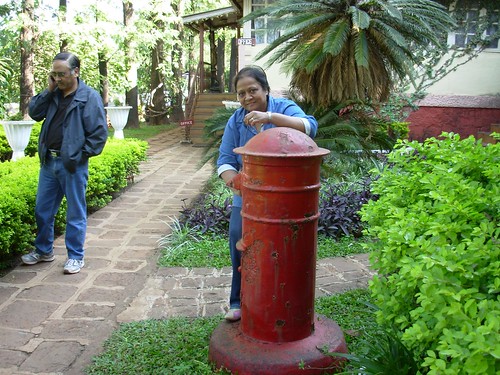
Weddings are a good place to click candid pictures where everyone is enjoying, except may be the bride and the groom who are sweating it out. The dance floor is a good place to capture some real good moves.
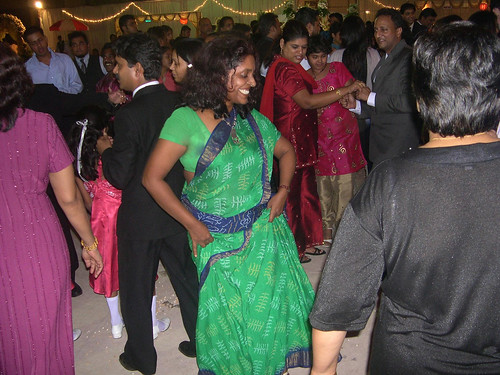
And if it’s a wooden floor then some foot movements in synchronization can be captured. What you see below is a father and daughter duo doing the Boogie Woogie.
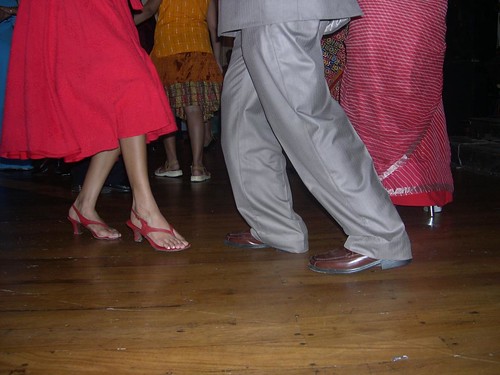
The photograph below is of one among the seven Jewish families left behind in Cochin (Kochi) in South India.
I managed to click this as she was narrating her life, and how each one chips in for the upkeep of the Jewish synagogue in Cochin. It was interesting to see how she was sewing the sequins on to a skull cap.

Here was a lady who first refused to climb the slide. Then she reluctantly agreed and gingerly climbed it to give it a try. But once the deed was done she said “ good you made me do it, I really enjoyed it”
It is obvious that all of us has done this in our child hood, so I thought the apt title for this would be “Aaaaaaaaaaah, I can still do it”.
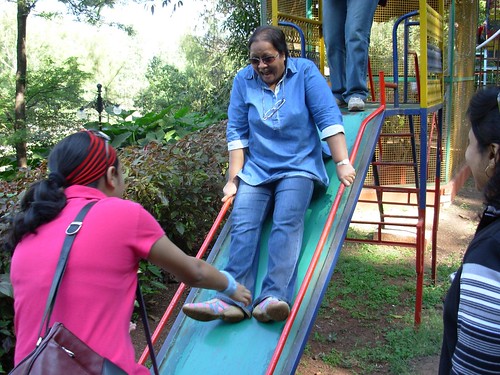

Children are the best subject for photography. They may feel a little awkward initially but after some time they loose interest in the camera and tend to be their natural self. Compare the pictures above and below. The kids are the same, the only difference being a gap of 18 years.

Some times photographing the photographer is fun, especially if you can keep the subject in the frame. We had been to the zoo (in Pune) and my colleagues were busy shooting the white tiger which was the center of attraction.
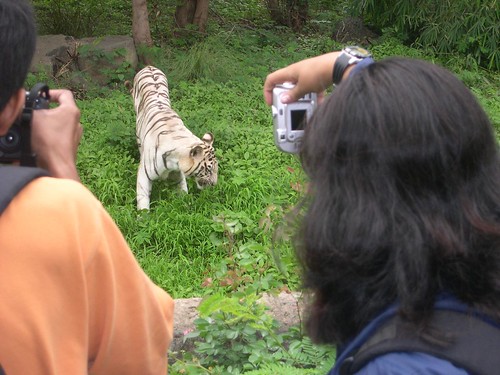
Took a picture of some ants having a gate meeting. These guys have a daily conference here on the gate during the day time. They just gossip and hang around. I am still trying to find the reason of their fascination for the gate. Once its dusk they slowly slink away to the nearby mango tree.

I wonder if this falls under the category of candid shots. Maybe the ants were discussing “look at that guy, he is going on clicking, if only he would get a little closer”
Those who have experienced the sting of these "mishir" ant, will know what I mean.







